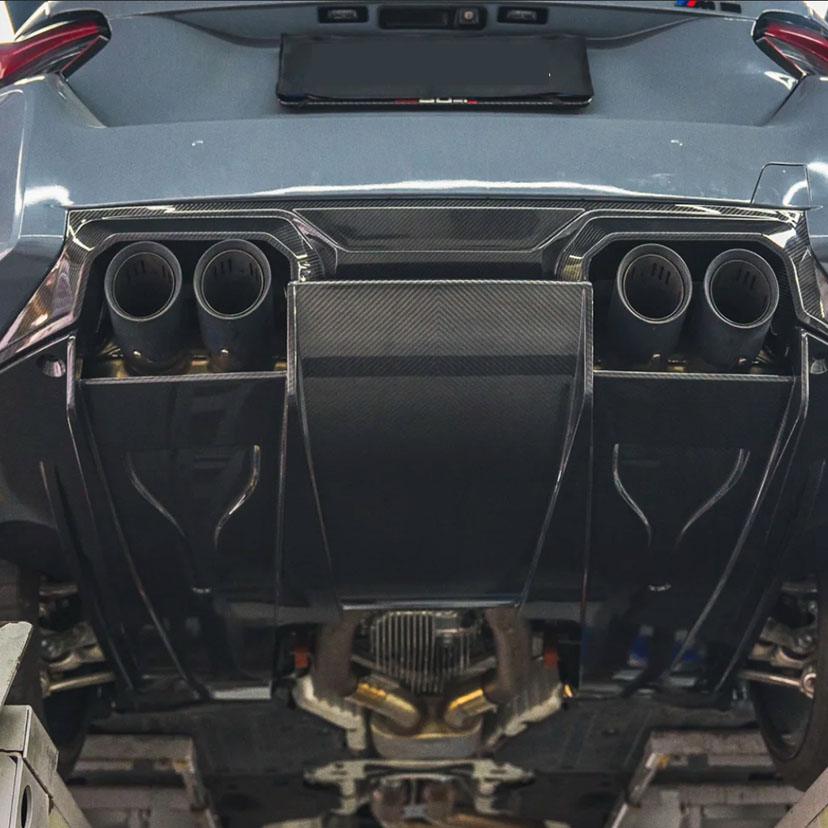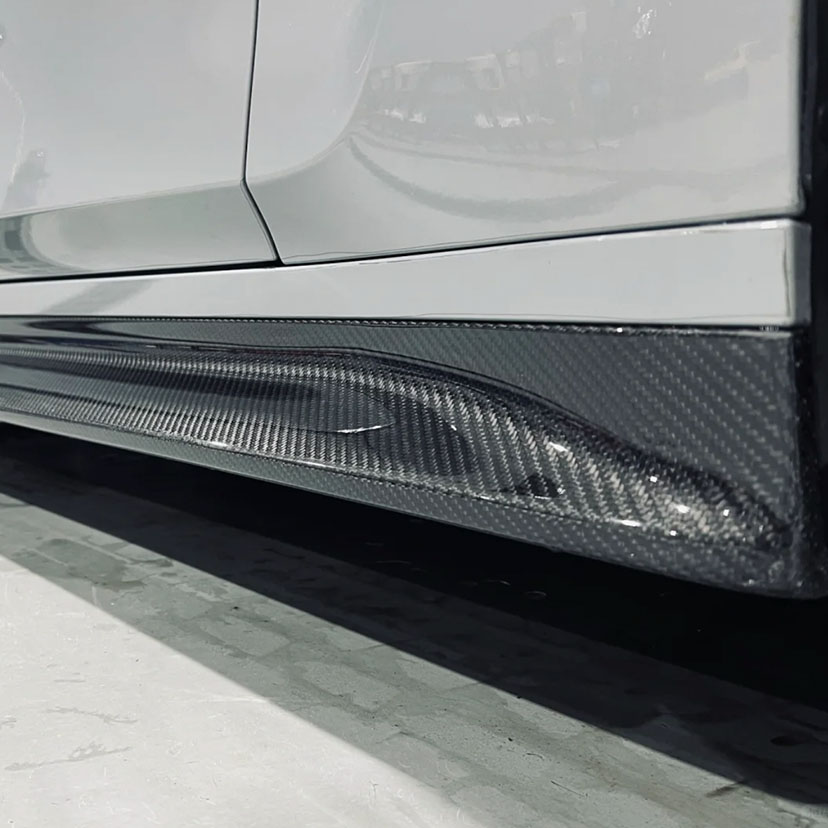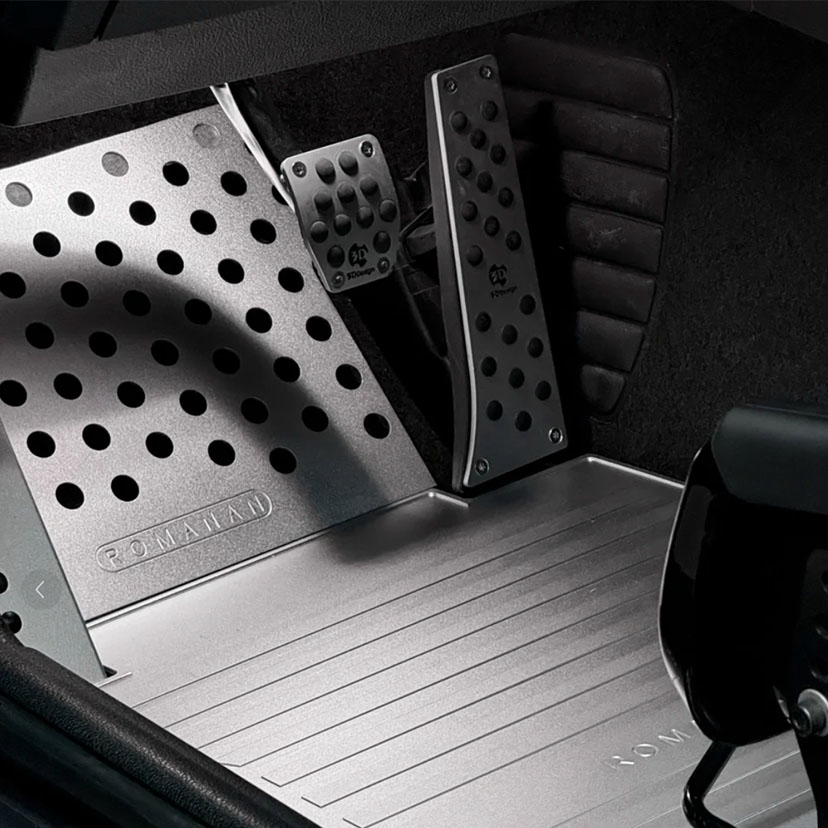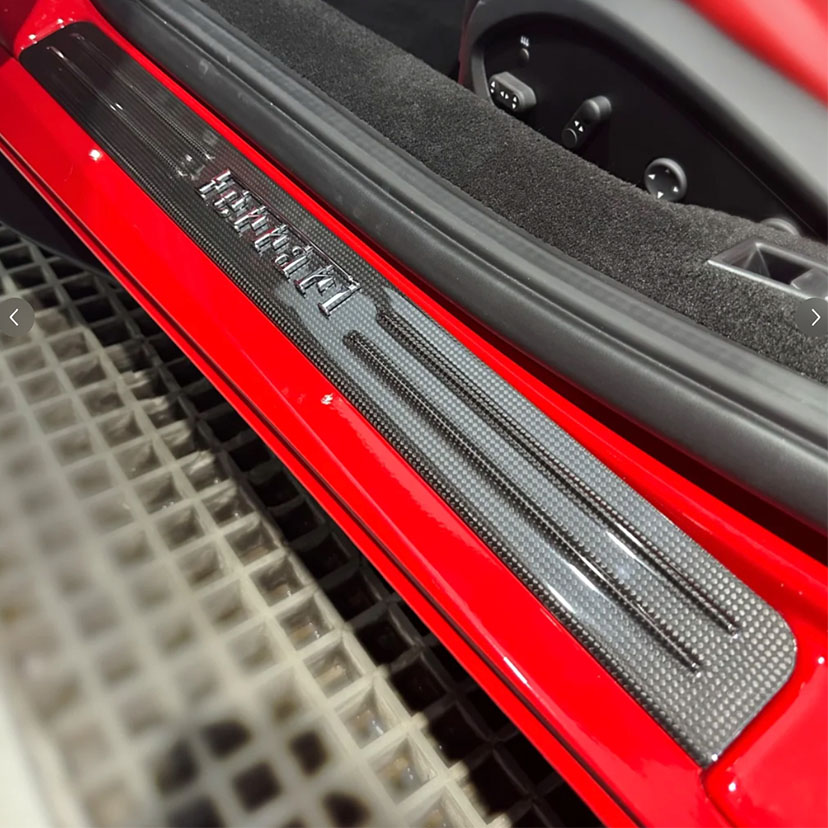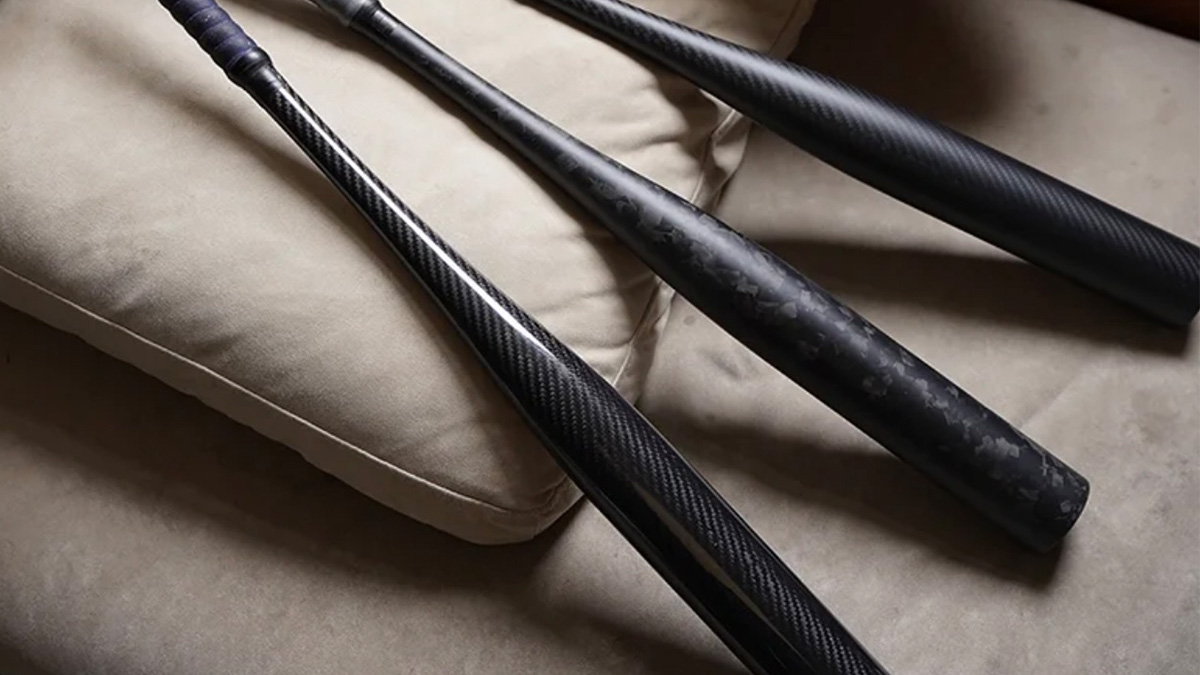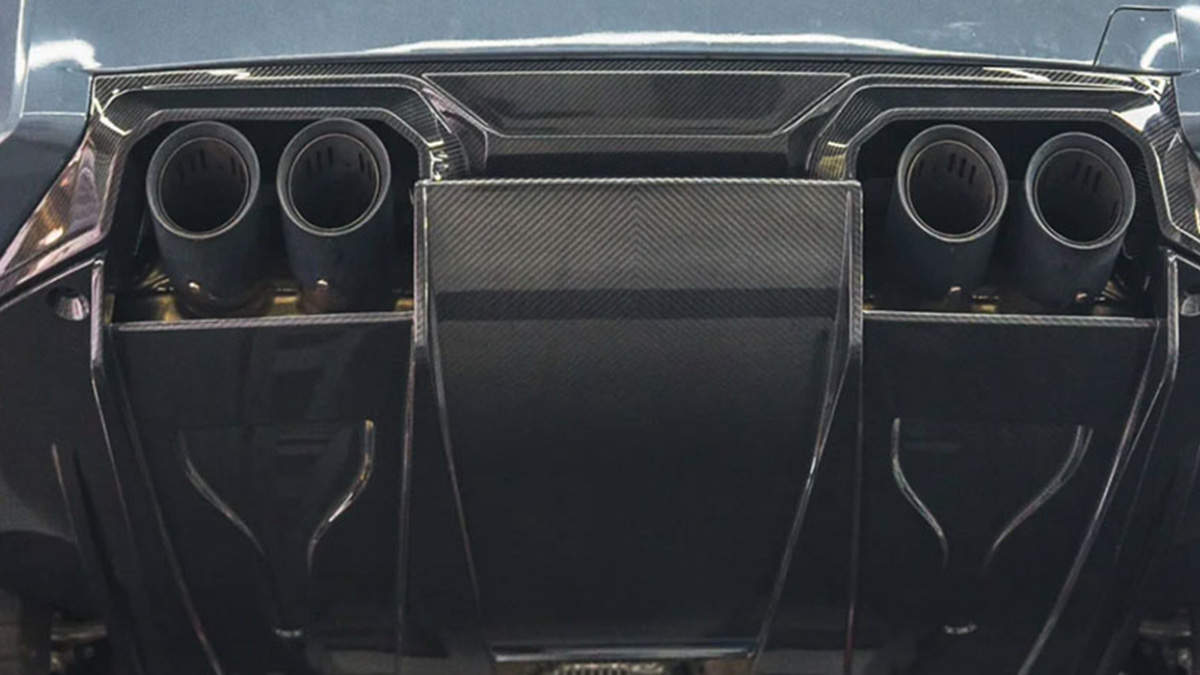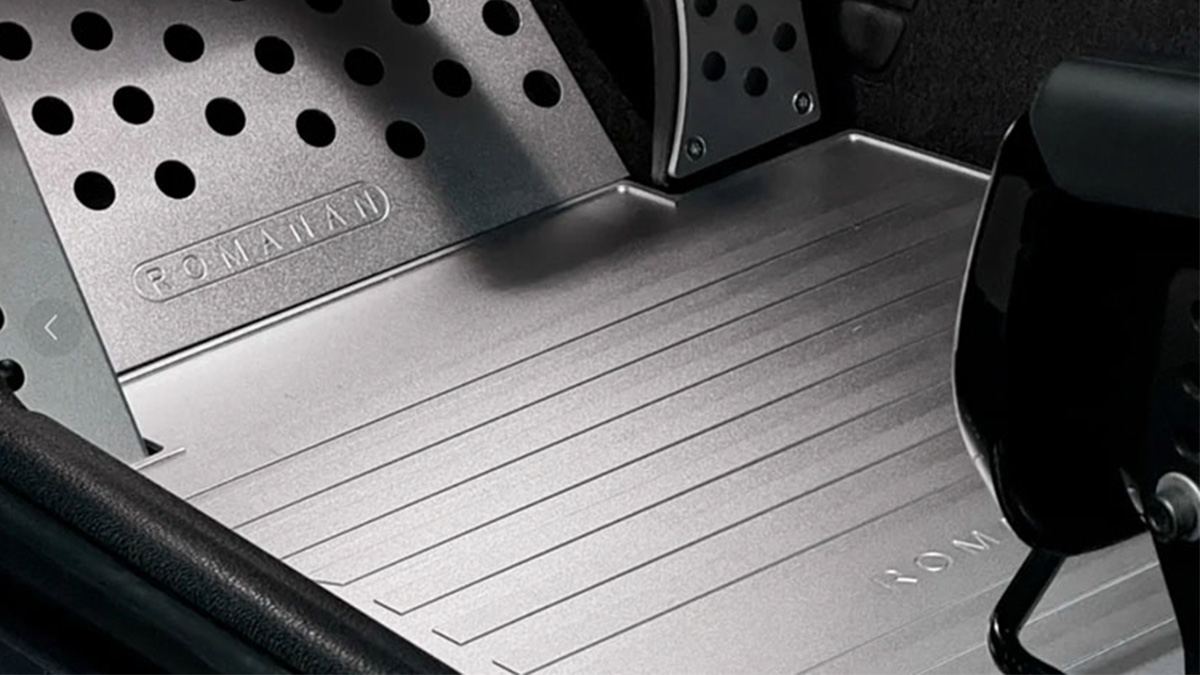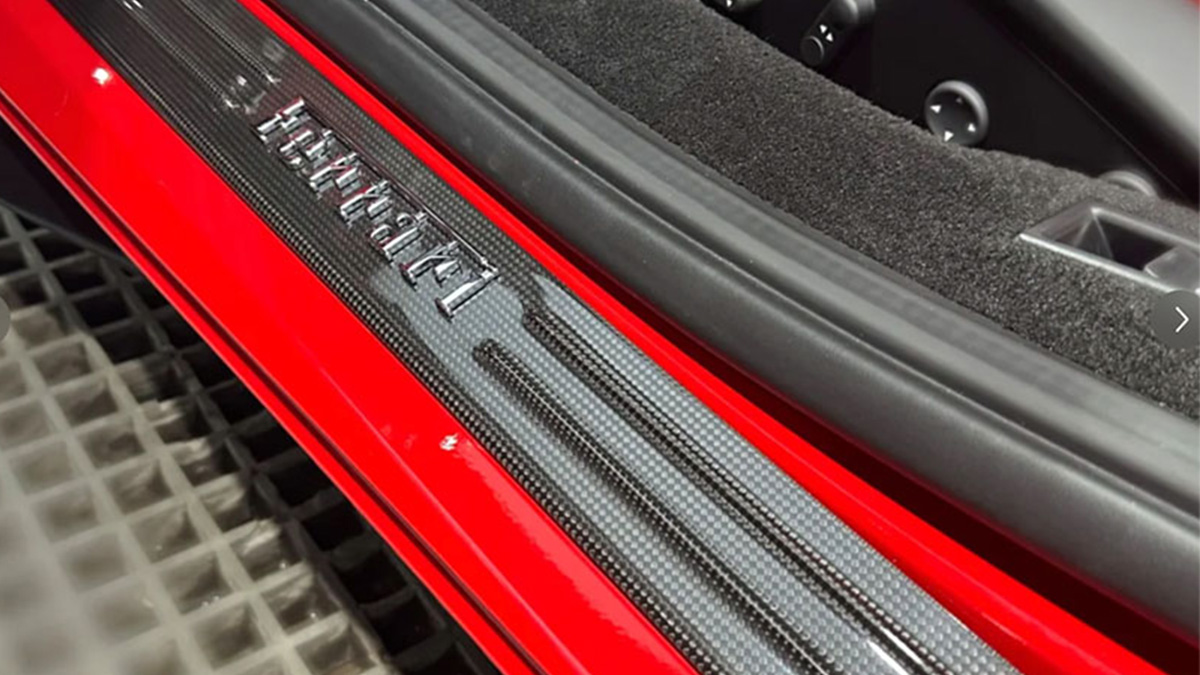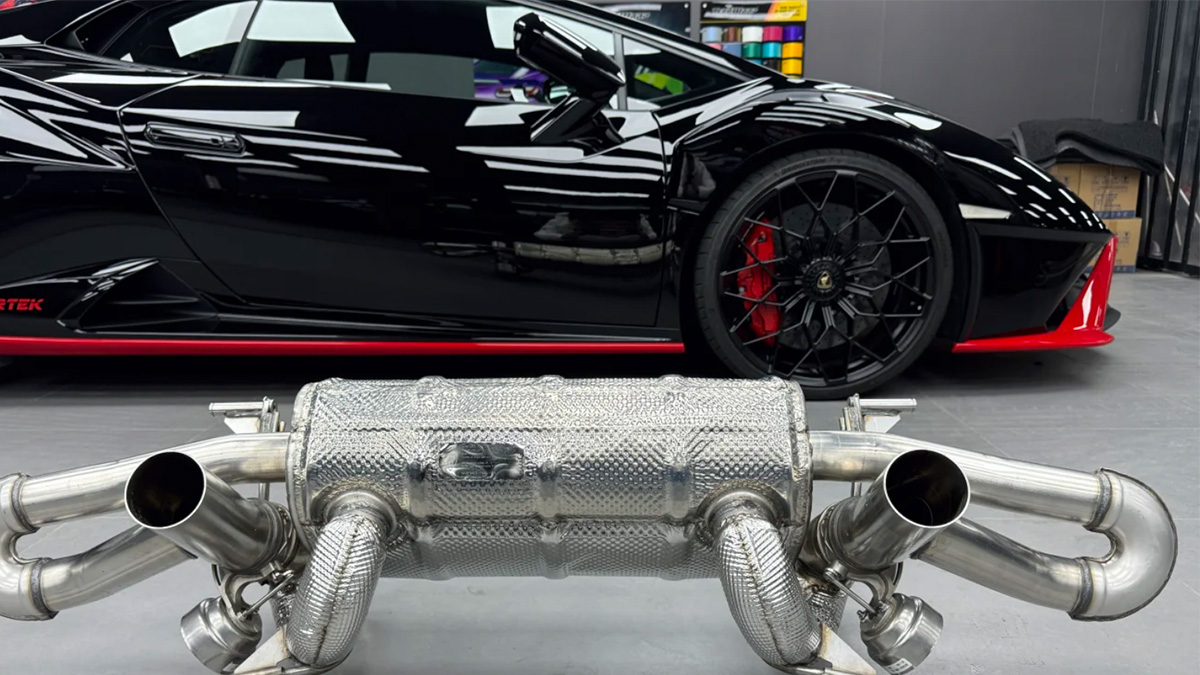Exploring How Air Suspension Systems Work in Trucks

Air suspension systems replace traditional steel springs with airbags filled with compressed air, demonstrating how air suspension works. These systems adjust the truck’s height and stiffness by controlling the air pressure in the bags. This flexibility ensures a smoother ride and better handling, especially when carrying heavy loads.
You might wonder why these systems are becoming so popular. Trucks equipped with air suspension systems dominate the market due to their ability to enhance ride quality and cargo safety. They also adapt to different weights, reducing rollover risks and improving fuel efficiency. With the truck air suspension market projected to hit $12 billion by 2027, it’s clear that understanding how air suspension works is essential as these systems continue to transform the industry.
Key Takeaways
Air suspension systems use air-filled bags instead of steel springs.
They give a smoother ride and make handling easier.
These systems adjust to different weights, improving balance and safety.
This helps prevent rollovers, which is great for heavy trucks.
Important parts like compressors and sensors make quick adjustments.
This keeps the system working well in all conditions.
Air suspension improves comfort and handles heavy loads better.
However, it costs more and needs more care to maintain.
Picking the right kit depends on your truck’s type and load.
Also, check the parts’ quality for good and lasting performance.
How Air Suspension Work in Trucks

Definition and Basic Functionality
Air suspension systems replace traditional steel springs with air bags that use compressed air to absorb shocks and maintain stability. These systems rely on several key components, each playing a vital role in ensuring smooth operation. For example:
Component | Function |
|---|---|
Air Springs | Absorb road shock and provide stability |
Compressor | Inflates air springs to adjust suspension firmness |
Tank | Stores compressed air for the system |
Valves | Control air flow to and from the air springs |
The on-board compressor allows you to adjust the suspension in real-time. This flexibility ensures the system adapts to changing loads and road conditions, providing optimal performance and stability. Air springs inflate or deflate based on the truck’s load, enhancing stability and reducing the risk of damage to cargo or suspension components.
How Air Suspension Differs from Traditional Systems
Air suspension systems offer significant advantages over traditional suspension setups. Unlike fixed-capacity steel springs, air suspension adjusts to varying weights and road conditions. Here’s a comparison:
Feature | Air Suspension | Traditional Suspension |
|---|---|---|
Load Versatility | Adjusts to various weights | Fixed capacity |
Vehicle Stability | Enhances stability under uneven loads | Less adaptable to load changes |
Safety | Reduces rollover risk | Higher rollover risk |
Braking Effectiveness | Improves axle contact with the road | Standard braking performance |
With air suspension, you can maintain a level ride height, even with uneven loads. This system also reduces roll during cornering, improving safety and handling. By absorbing road irregularities, it ensures a smoother ride compared to traditional systems.
Why Air Suspension Is Essential for Trucks
Air suspension systems are crucial for trucks, especially in heavy-duty applications. They enhance load versatility by adjusting to various weights, ensuring stability even with uneven loads. This adaptability reduces rollover risks by lowering the center of gravity during heavy loads. Additionally, air suspension improves braking effectiveness by maintaining better axle contact with the road.
Air bags in these systems inflate or deflate to adapt to load changes, preventing damage to cargo and suspension components. Reinforced air bags and high-capacity compressors support heavier loads, making air suspension indispensable for towing and hauling. These features ensure your truck performs reliably under demanding conditions.
Air Suspension System Components

Air Bags and Their Role
Air bags form the backbone of air suspension systems. These components replace traditional coil springs, providing support and cushioning for your truck. Made from durable materials like rubber and polyurethane, air bags ensure structural integrity and resist wear from road debris, salt, and chemicals. Their airtight construction allows them to handle the constant pressure changes required for smooth operation.
When inflated, air bags absorb shocks and vibrations from uneven roads, delivering a smoother ride. They also adjust to varying loads, maintaining stability and preventing damage to your truck’s suspension. By adapting to different conditions, air bags play a critical role in ensuring your truck performs efficiently and safely.
Compressors and Air Supply
The air compressor powers the entire air suspension system. It pressurizes air and distributes it to the air bags through air lines. This process allows you to adjust the suspension’s firmness and height based on your truck’s load and road conditions. Compressors often work with a storage tank, which holds compressed air for quick adjustments when needed.
Height sensors monitor the truck’s ride height and send data to the electronic control unit. The control unit then signals the compressor to inflate or deflate the air bags, ensuring the truck stays level. This interaction between components guarantees optimal performance and stability, even under heavy loads.
Solenoids, Valves, and Control Modules
Solenoids, valves, and control modules regulate the flow of air within the system. Valves direct air to specific parts of the system, isolating or connecting air bags as needed. Solenoids handle the filling and venting of air bags, adjusting air levels to maintain the desired ride height.
The electronic control module acts as the brain of the system. It processes data from sensors and sends commands to the solenoids and valves. This coordination ensures your truck maintains its normal ride height or adjusts to changing conditions. Together, these components provide precise control over the air suspension system, enhancing safety and performance.
Component | Function |
|---|---|
Air Springs or Bags | Rubber containers filled with air that replace coil springs, providing support and cushioning. |
Air Compressor | Pressurizes air and distributes it to the air springs through air lines. |
Air Lines | Carry pressurized air from the compressor to the air springs and allow for inflation/deflation. |
Height Sensors | Monitor ride height and send data to the electronic control unit for adjustments. |
Electronic Control Unit | Receives data from height sensors and controls the compressor and air valves to maintain ride height. |
Control System | Allows manual or electronic adjustments to ride height and load capacity. |
Air Lines and Fittings
Air lines and fittings play a vital role in the functionality of air suspension systems. These components connect the air compressor to the air bags, ensuring the smooth flow of compressed air throughout the system. Without reliable air lines and fittings, the system cannot maintain proper pressure or performance.
Air lines are typically made from durable materials like nylon or polyurethane. These materials resist wear and tear caused by vibrations, temperature changes, and exposure to road debris. Their flexibility allows them to handle the constant movement of your truck without cracking or leaking. High-quality air lines ensure that your air suspension system operates efficiently under various conditions.
Fittings, on the other hand, secure the connections between air lines and other components. Several types of fittings are commonly used in air suspension systems:
Brass DOT Air Fittings: These fittings provide secure, leak-free connections. Their robust design withstands the vibrations and pressures typical in trucks.
Compression Fittings: These fittings create a tight seal, ensuring no air escapes. They are easy to install and highly reliable.
Push-to-Connect Fittings: These fittings simplify installation. You can connect air lines quickly without needing tools.
Reusable DOT Fittings: These fittings are cost-effective and ideal for systems requiring frequent adjustments.
Brass DOT air fittings stand out for their durability. They prevent leaks and maintain performance even under heavy use. This reliability is essential for air suspension systems, as any air loss can compromise the system’s effectiveness.
By choosing high-quality air lines and fittings, you ensure your truck’s air suspension system remains dependable. These components work together to deliver the stability and comfort you expect from modern suspension technology.
Types of Air Suspension Kits for Trucks
Full Air Suspension Kits
Full air suspension kits replace your truck’s entire suspension system with air suspension components. These kits include air bags, compressors, air lines, and control modules, offering a complete solution for upgrading your truck. They are ideal if you want to maximize ride comfort, stability, and load-handling capabilities.
With a full kit, you can adjust your truck’s suspension height and firmness to suit different loads and road conditions. This flexibility ensures a smoother ride and better handling, even when towing or hauling heavy cargo. Full air suspension kits also improve safety by reducing the risk of rollovers and maintaining better axle contact with the road.
If you frequently carry heavy loads or drive on uneven terrain, a full air suspension kit provides the performance and reliability you need. It transforms your truck into a versatile vehicle capable of handling various challenges.
Helper Air Spring Kits
Helper air spring kits, also known as add-on kits, work alongside your truck’s existing suspension system. These kits include air bags that provide additional support when your truck carries heavy loads. They are a cost-effective option if you want to enhance your truck’s load-handling capabilities without replacing the entire suspension system.
When you install a helper kit, the air bags inflate to support the extra weight, preventing sagging and improving stability. This adjustment helps maintain a level ride height, ensuring your truck performs efficiently and safely. Helper air spring kits are perfect for occasional heavy-duty use, such as towing a trailer or hauling construction materials.
By choosing a helper kit, you can extend the life of your truck’s suspension system while enjoying the benefits of air suspension technology.
Onboard Air Management Systems
Onboard air management systems take air suspension systems to the next level by adding advanced control features. These systems allow you to adjust your truck’s suspension in real-time, providing unmatched convenience and performance.
With onboard systems, you can modify suspension firmness based on load and road conditions. This capability eliminates the need for external air sources, making adjustments quick and hassle-free.
Automatic leveling is another key feature. It maintains your truck’s height, improving aerodynamics and stability. This adjustment enhances load versatility and safety by adapting to various weights, reducing rollover risks, and improving braking effectiveness.
If you want maximum control and convenience, an onboard air management system is an excellent choice. It ensures your truck remains stable, safe, and efficient under all conditions.
Key Features to Consider in a Kit
When selecting an air suspension kit for your truck, you need to evaluate several key features to ensure the system meets your needs. Choosing the right kit can significantly improve your truck’s performance, stability, and safety.
Customization for Specific Truck Models
Not all air suspension kits fit every truck. You should look for kits designed specifically for your truck’s make and model. This ensures proper installation and optimal performance. A tailored kit will align perfectly with your truck’s suspension system, reducing the risk of compatibility issues.Load Capacity
Consider the typical weight your truck carries. The kit you choose must handle your truck’s maximum load without compromising performance. For heavy-duty applications, select a kit with reinforced components that can support the added stress. This feature ensures your truck remains stable and safe, even under demanding conditions.Quality Components
High-quality components are essential for reliability and durability. Look for kits from reputable brands that offer solid warranties. Reliable air bags, compressors, and fittings will minimize the risk of failures and reduce maintenance costs over time. Investing in quality ensures your air suspension system performs efficiently for years.
By focusing on these features, you can select an air suspension kit that enhances your truck’s capabilities. A well-chosen kit will provide smoother rides, better load handling, and improved safety, making it a valuable upgrade for your vehicle.
Installing an Air Suspension System
Preparing the Truck for Installation
Before installing an air suspension system, you need to prepare your truck properly. Start by gathering the right tools. Essential items include wrenches, sockets, and possibly an air compressor. Ensure you have a high-quality air suspension kit that includes air bags, mounting equipment, and electronic controls. If you’re unsure about the process, follow the manufacturer’s instructions or consult a professional.
To begin, lift your truck using a jack and secure it on jack stands. Remove the tires to access the suspension components. Next, take out the front struts and rear coil springs, depending on the kit’s requirements. If your kit includes a compressor, remove the spare tire and any necessary interior panels to create space for installation. These steps ensure your truck is ready for the new system.
Installing Air Bags and Other Components
Once your truck is prepared, you can install the air bags and other components. Position the air bags where the coil springs were removed. Secure them using the mounting brackets provided in your kit. Attach the air lines to the air bags, ensuring they are routed away from sharp edges or moving parts to prevent damage.
If your kit includes a compressor, mount it in the designated area, such as the space where the spare tire was removed. Connect the compressor to the air tank and route the air lines to the air bags. Install the electronic control module in a location that is easy to access. This module will allow you to adjust the suspension settings as needed. Follow the kit’s instructions carefully to ensure all components are installed correctly.
Ensuring Airtightness and Proper Connections
Airtight connections are crucial for the air suspension system to function effectively. Use precise tools to measure and cut the air lines to the correct length. Ensure the fittings meet DOT standards and come from reputable suppliers. Clean all components before installation to prevent debris from causing leaks.
When connecting the air lines, use proper tools to tighten the fittings without over-tightening, which could damage them. After installation, inspect all connections for leaks. You can spray soapy water on the fittings and look for bubbles, which indicate air escaping. Regular maintenance, such as checking for wear and replacing damaged fittings, will help keep your system airtight and reliable.
💡 Tip: Always double-check your connections and fittings during installation. A small leak can compromise the entire system’s performance.
Tuning and Testing the System
Once you’ve installed the air suspension system, tuning and testing become essential steps. These ensure the system operates efficiently and meets your truck’s performance needs. Follow these steps to fine-tune and test your setup:
Adjust the Ride Height
Use the control module to set the desired ride height. Check the manufacturer’s recommendations for your truck model. A proper ride height ensures stability and prevents uneven tire wear. Measure the height from the ground to the truck’s frame on all sides to confirm it’s level.Test the Air Pressure
Inflate the air bags to the recommended pressure. Use a pressure gauge to verify the levels match the load requirements. Overinflating or underinflating can affect ride quality and safety. Adjust the pressure as needed for optimal performance.Inspect for Leaks
Spray soapy water on all air line connections and fittings. Look for bubbles, which indicate leaks. Tighten any loose fittings and replace damaged components. A leak-free system ensures consistent performance and reduces maintenance needs.Evaluate Suspension Performance
Drive your truck on various road conditions. Pay attention to how the suspension handles bumps, turns, and uneven surfaces. Adjust the settings if the ride feels too stiff or too soft. Fine-tuning improves comfort and handling.
💡 Tip: Keep a log of your adjustments. This helps you track what works best for different loads and road conditions.
Test Load Handling
Add weight to your truck and observe how the suspension responds. Ensure the system maintains a level ride and absorbs shocks effectively. This step confirms the system’s ability to handle heavy loads safely.
By carefully tuning and testing, you’ll maximize the benefits of your air suspension system. A well-calibrated system enhances ride comfort, stability, and safety. 🚚
Benefits and Drawbacks of Air Suspension Systems
Benefits
Improved Ride Comfort and Stability
Air suspension systems significantly enhance your truck’s ride comfort and stability. By replacing traditional steel springs with air springs, these systems absorb road shocks more effectively. This reduces vibrations and ensures a smoother driving experience, even on uneven terrain. The ability to maintain a consistent ride height also improves stability, especially when carrying heavy or uneven loads. You’ll notice better handling and reduced body roll during sharp turns, making your truck safer and more comfortable to drive.
Adjustable Load Handling and Leveling
One of the standout features of air suspension systems is their adaptability to varying loads. Air springs inflate or deflate to match the weight of your cargo, ensuring your truck remains level. This prevents sagging and uneven tire wear, which can compromise safety and performance. You can adjust the suspension height to suit different road conditions, improving ground clearance when needed. This flexibility makes air suspension systems ideal for trucks that frequently carry heavy or uneven loads.
Enhanced Vehicle Performance for Towing and Hauling
Air suspension systems excel in towing and hauling applications. They provide the necessary support to handle heavy loads while maintaining vehicle control. Key benefits include:
Air springs adapt to load changes, enhancing stability and reducing cargo damage.
Adding an airbag improves the towing experience by leveling the vehicle and stabilizing all four tires.
Prevents premature compressor failure, ensuring a comfortable ride even under demanding conditions.
With these advantages, you can tow trailers or haul construction materials with confidence, knowing your truck will perform reliably.
Drawbacks
Higher Initial Costs
Air suspension systems require a significant upfront investment. High-quality systems often cost more than standard suspension upgrades. The initial expenses can be up to three times higher than those of traditional leaf suspension systems. While the benefits are substantial, you’ll need to weigh the cost against your specific needs.
Maintenance and Repair Requirements
Maintaining an air suspension system can be more challenging than traditional setups. These systems have more components, such as compressors, air lines, and control modules, which increases the likelihood of issues. Repair costs are often higher, and maintenance can be time-consuming. Over ten years, repair expenses may exceed those of leaf suspension systems. Regular inspections and proper care are essential to keep the system running smoothly.
Potential for Air Leaks and Failures
Air suspension systems are prone to leaks and failures due to their complexity. Common causes include:
Degradation of seals over time, leading to air leaks.
Physical damage from road debris or harsh conditions.
Wear and tear on components like air springs and compressors.
Incorrect installation, causing misalignment or overstressed parts.
To mitigate these issues, ensure proper installation and use high-quality components. Regularly inspect the system for signs of wear or damage. Addressing small problems early can prevent costly repairs and maintain the system’s reliability.
💡 Tip: Regular maintenance and high-quality parts can extend the lifespan of your air suspension system, reducing the risk of failures.
Air suspension systems rely on key components like air springs, compressors, and control modules to deliver a smoother ride and better handling. Valves and solenoids regulate airflow, while height sensors and electronic control units ensure proper ride height and stability. These systems use compressed air to adjust suspension height, improving comfort and safety.
You’ll benefit from enhanced load handling, stability, and towing performance. However, higher costs and maintenance needs may pose challenges. Consider your truck’s application, load capacity, and the quality of available kits. By evaluating these factors, you can decide if air suspension is the right upgrade for your truck. 🚛






